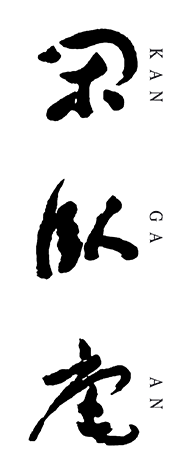
Kanga-an
For vegetarian and vegan guests, I recommend enjoying traditional "Shojin Ryori" at tranquil Kanga-an.
Shojin Ryori, originally designed for Buddhist believers who completely avoided meat, does not include any animal meat-based products.
The beautiful gardens and culturally rich rooms of Kanga-an offer a serene dining experience which can be enjoyed by all guests, not just those following a vegetarian diet.
https://myconciergejapan.com/restaurants/kangaan/
In the early Edo period, this land was the residence of Prince Kajii-Jyoushouin, the younger brother of Emperor Go-Mizunoo. To protect the royal city, the deity Chintaku Reifujin was brought over from the Kifune Shrine in 1671 and the sixth Chief Priest of Obakusan Manpukuji Temple, Zen Master Senga, founded Kanga-an.
Emperor Go-Mizunoo himself named the temple "Kanga-an" and his calligraphy is displayed as the temple’s imperial title.
The writings of the Emperor, who enjoyed composing waka poetry and admiring the garden during the spring and autumn seasons, still remain there as well.
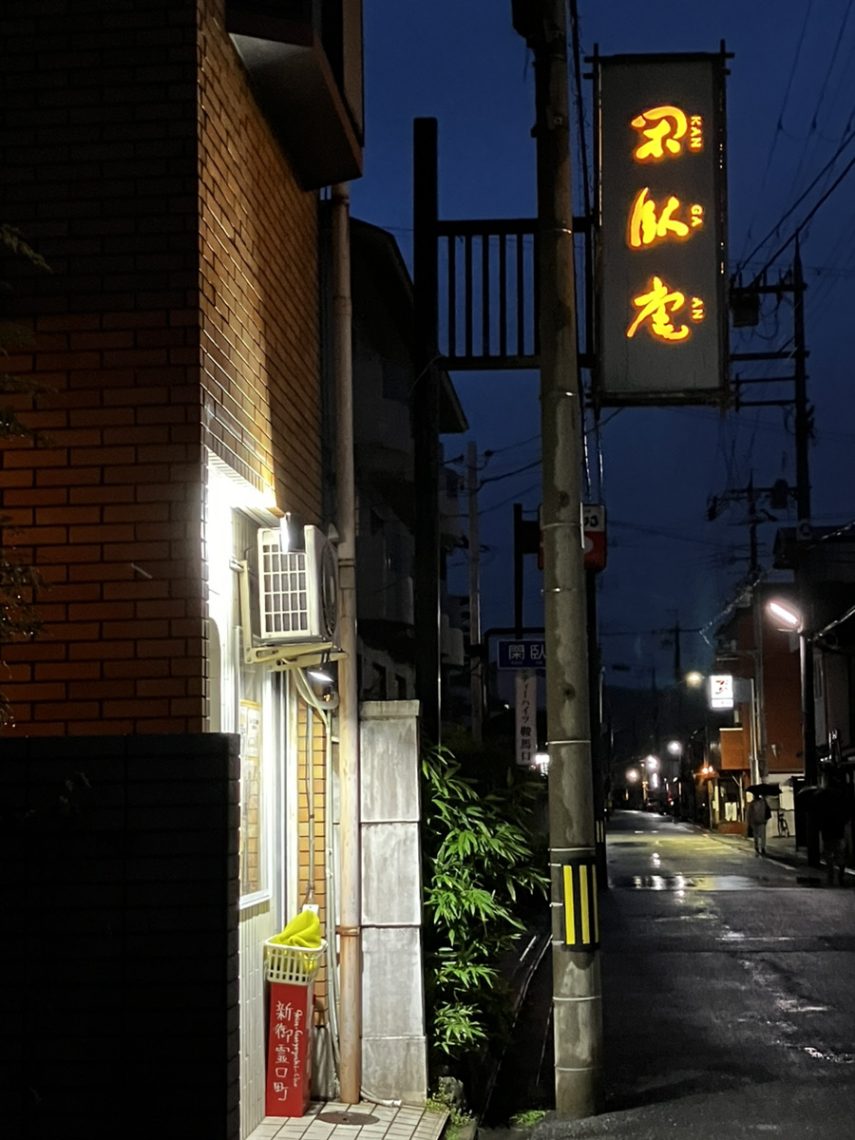
Kanga-an, a Zen temple of the Obaku school (also known as Zuishizan) is located about a 5-minute walk east from Exit 1 of Kuramaguchi Station on the Kyoto Municipal Subway.
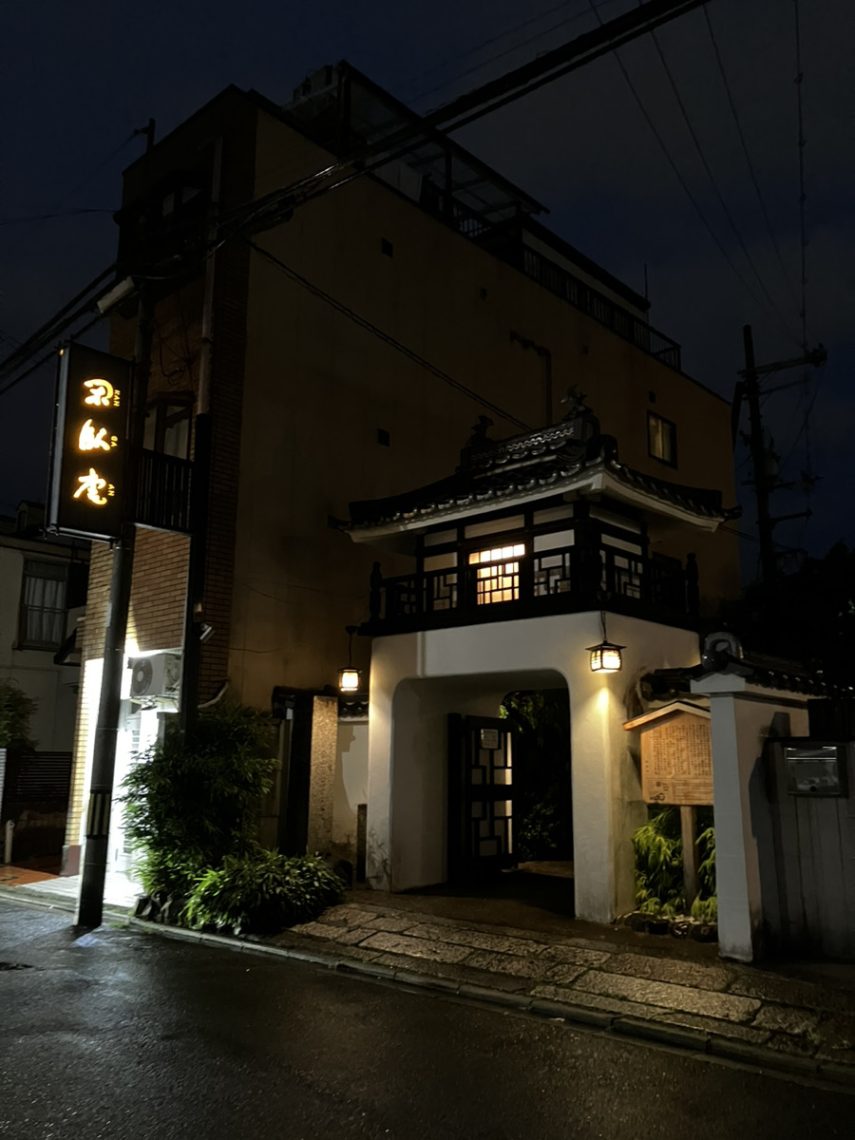
Visiting Kanga-an at night is especially enchanting as the temple is illuminated by lights, enhancing the tranquility and solemn atmosphere.
Passing through the main gate and walking a bit further, guests are greeted by a pathway leading to the main hall which seamlessly integrates with the scenic garden.
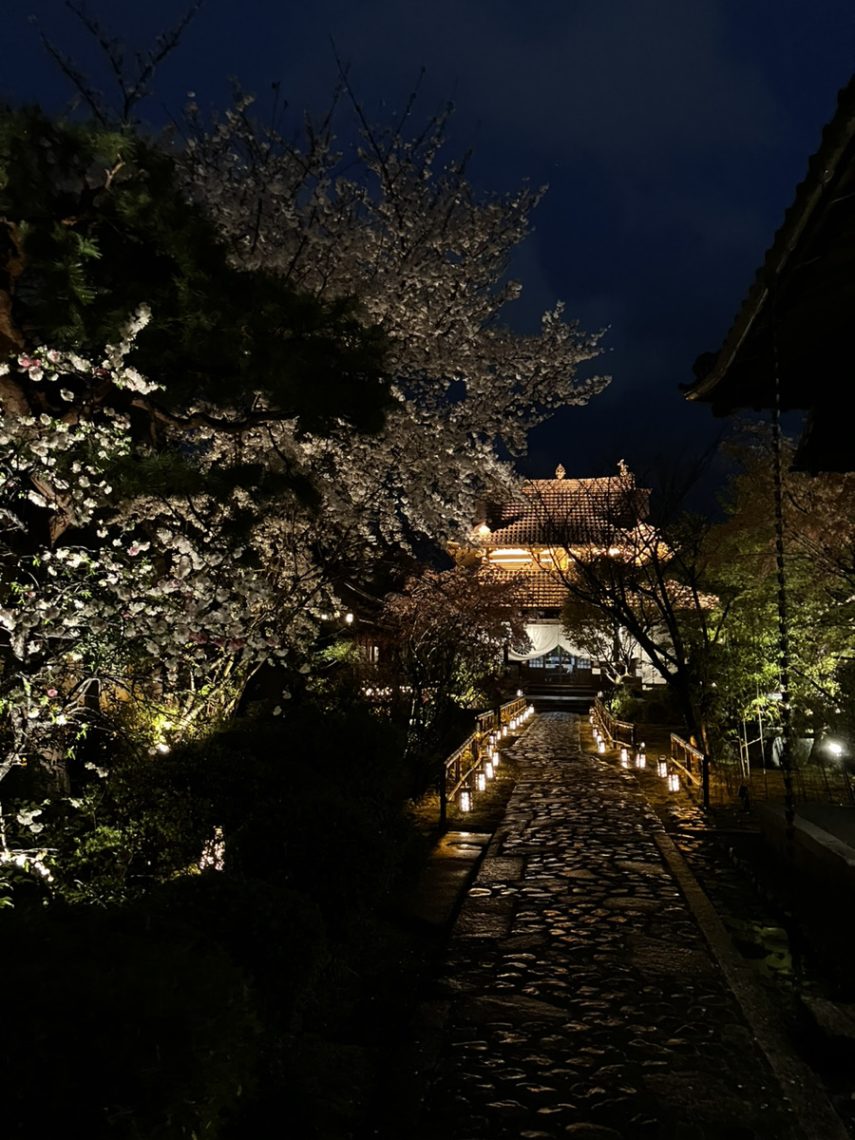

The dining areas of Kanga-an are all private rooms, each offering a view of the garden.
You can enjoy your amazing meal while healing both body and mind in this serene space surrounded by nature.
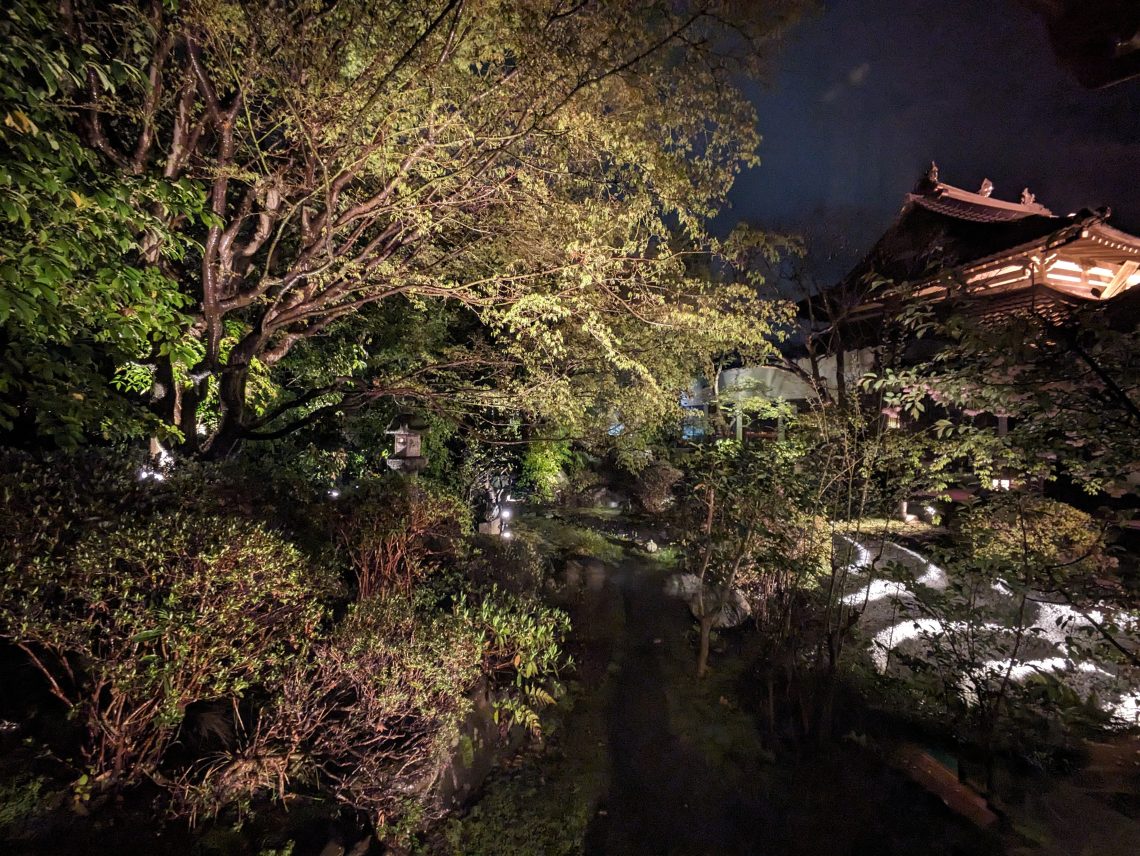
We ordered the temple’s recommended “Kurozen” meal.
From the start of the appetizers to the ending dessert, the beautifully arranged dishes were almost like the miniature version of the garden itself.
Each bite featured delicate seasoning which enhanced the natural flavors of the ingredients.
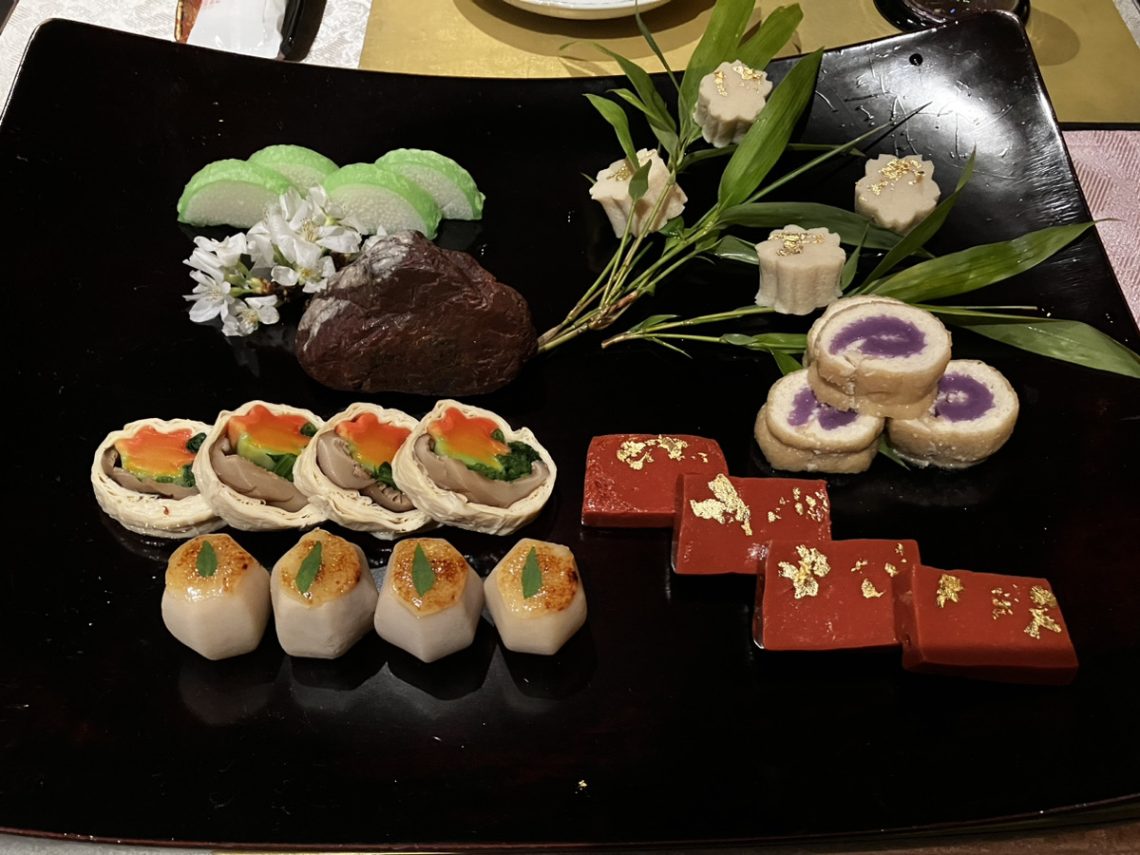
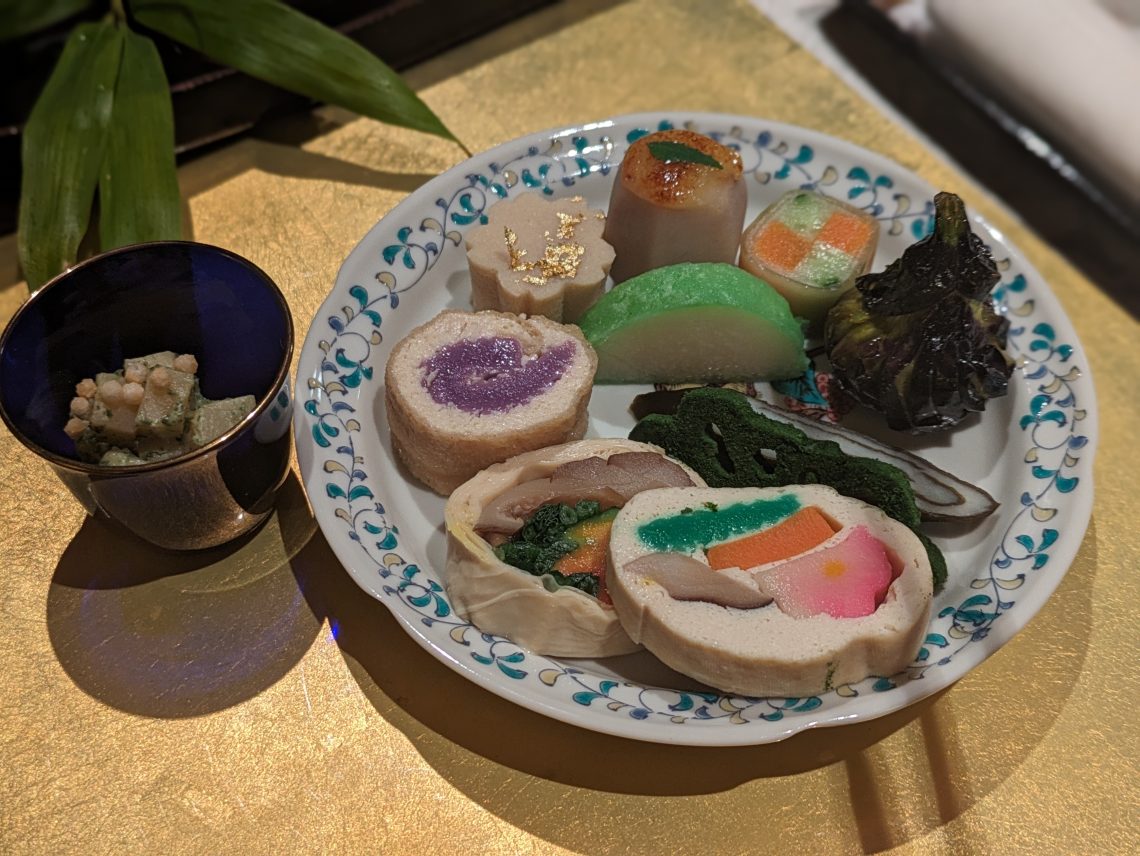
When served in small individual dishes, the meal takes on a different charm, allowing each element to be appreciated even more.

Tempura made from seasonal vegetables and edible flowers.
With many different cooking methods used throughout the meal, every dish provided a diverse and engaging dining experience, ensuring that you remained captivated throughout the entire meal.
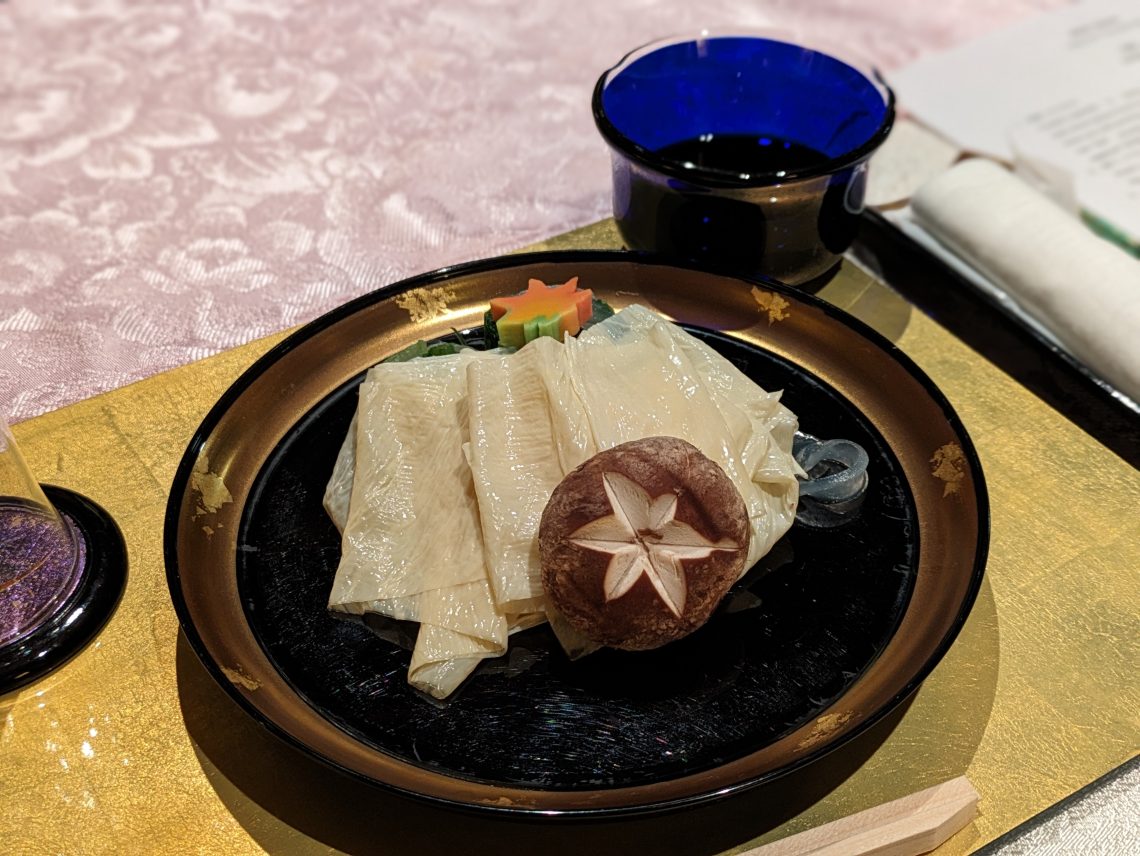
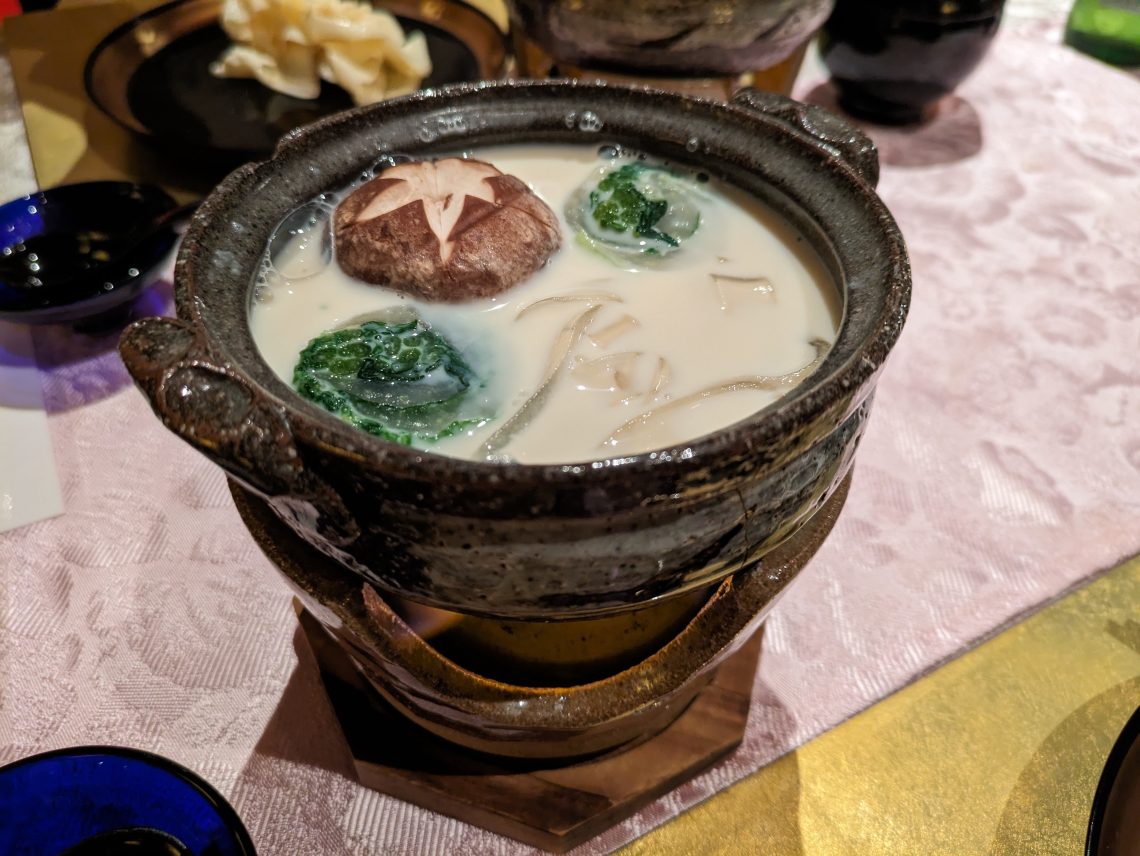

Dessert was a simple yet luxurious dish featuring seasonal fruits and this completed a course which emphasized natural flavors from start to finish.
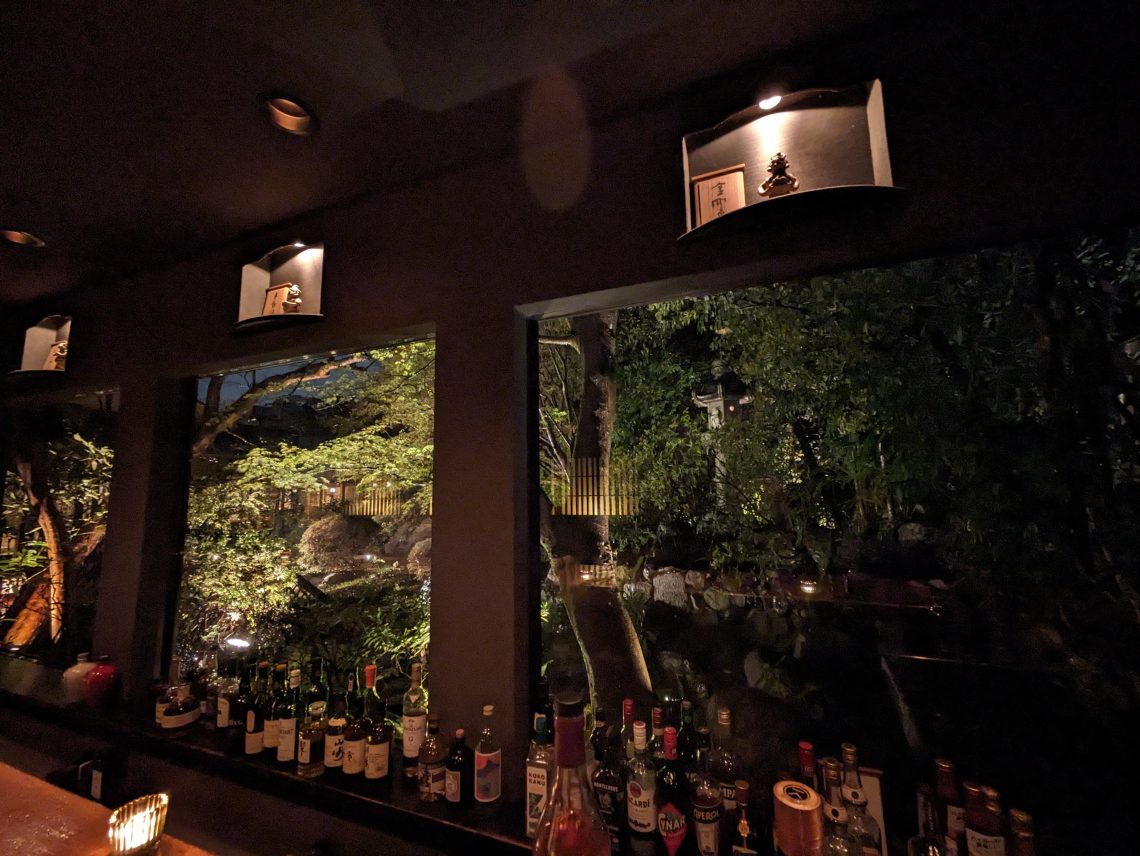
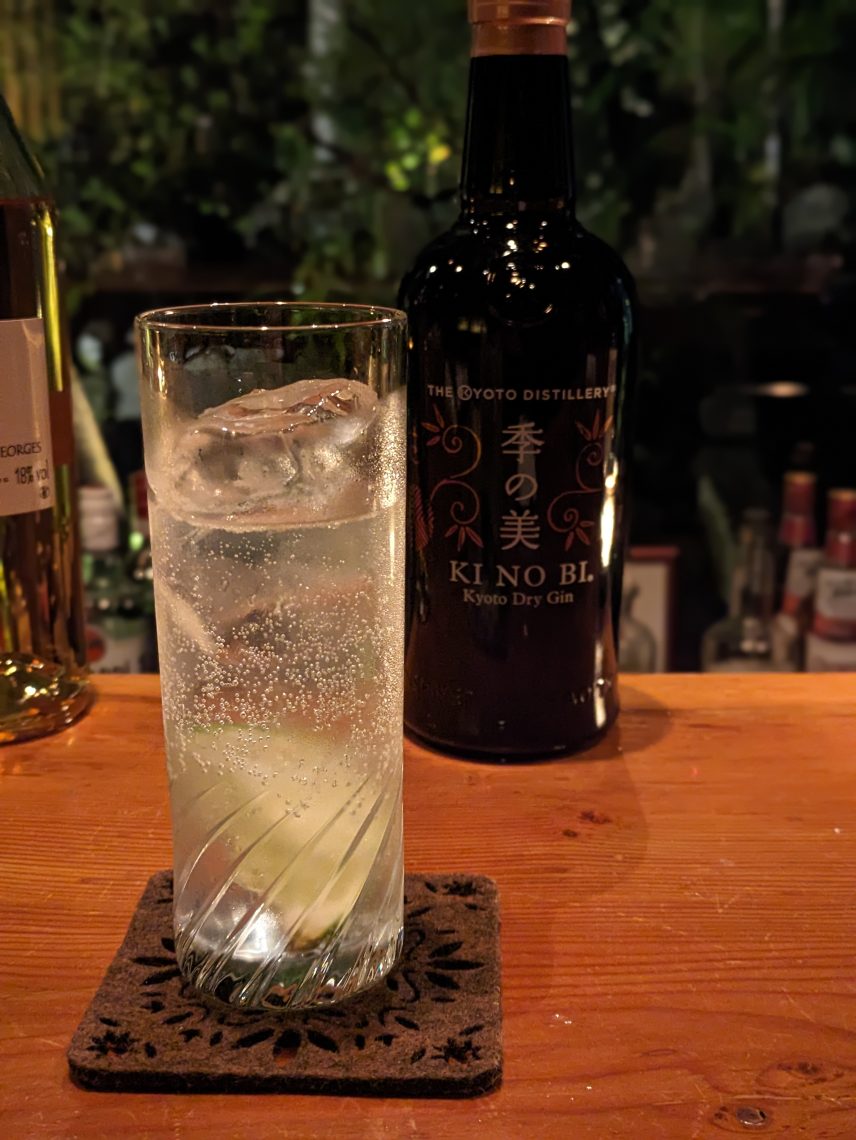
We at My Concierge Japan do not exclusively represent only Michelin-starred restaurants but we also carefully curate and select outstanding restaurants which are recommended to us by top chefs in the industry, as well as foodies from across the country.
We aim to provide a concierge service so that food-loving guests from all across the world can enjoy restaurants in Japan smoothly, safely and worry-free.
